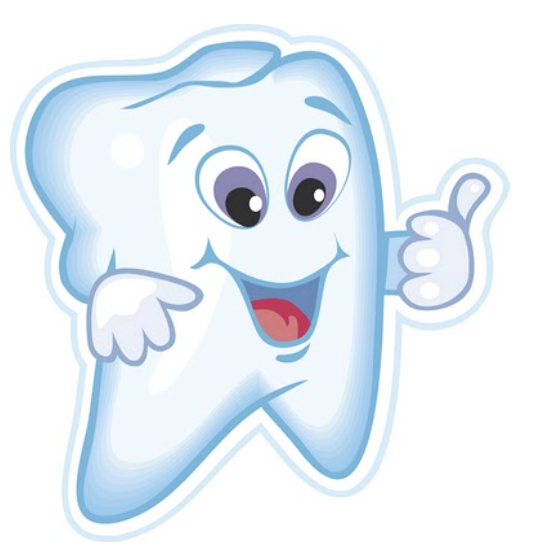Cavity-Free Dental Check-ups?

Use these sweets only in moderation (less than every day):
soda pop*
sugared drinks
coffee drinks with syrups or mocha added sports drinks
chewing gum
breath mints & fresheners
cough drops
hard candy
sticky candy
Tums or other chewable antacids chewable vitamin C
chewable aspirin
Here’s how…
Sugar-free alternatives, which are safe for your teeth*, are available for all of these. Keep teeth free of bacteria by brushing 2 to 4 times every day, and flossing every day. Use home fluoride treatment daily.
More Detail:
What are cavities?: Cavities don’t just suddenly appear. A cavity starts with a healthy tooth. Bacteria that is present on the tooth (“plaque”) digest sugar and produce acid. With each and every exposure to acid (from the bacteria or from carbonated drinks), the tooth dissolves little by little, leaving a hole. The effects are cumulative; it takes hundreds of these small episodes to damage the tooth enough to where we can identify it as a cavity. In some people it takes many years for enough acid exposures to accumulate and make a cavity; in other people, it takes only a few months.
Sugar: Most people know sugar and cavities go hand-in-hand. What many people don’t know is that it isn’t just how sweet something is that makes it bad for your teeth. It’s also how long the sugar is contacting your teeth. That is why soda pop, gum, mints, cough drops, hard candy, and sticky candy cause the most cavities. Antacids, chewable vitamins can also cause cavities.
*Soda pop: Bad stuff for teeth! You get a double-whammy when you drink sodas. It is loaded with sugar, plus it’s extremely acidic (the carbonation) and can dissolve tooth enamel directly, bypassing the bacteria. Even sugar-free sodas damage teeth due to the acid! If it’s carbonated, it’s bad for teeth. Drink healthier beverages.
Brushing, flossing: Cavities are caused when the bacteria on your teeth (“plaque”) changes sugar into acid. The more often you brush and floss, the less bacteria you have on your teeth to produce these damaging acids. Brushing twice a day is a minimum; three or even four times a day is best. Floss once a day. If you are not flossing, the bacteria is never removed from between your teeth. This is why people with good brushing and eating habits can still get cavities between teeth.
Fluoride: Fluoride can help prevent new cavities, and reverse early cavities when they are just starting. In most cases, using a toothpaste with fluoride is adequate. In people with higher tooth decay risk, an extra fluoride supplement is needed. These fluoride gels or rinses should be used consistently once every day on an ongoing basis. Fluoride mouthrinses (Act®; Fluoriguard®) are available in most stores. Fluoride gels (such as Gel-Kam®; Prevident®) are available at your pharmacy desk, or at many dentist offices.
Dry mouth: Saliva is an important natural defense against cavity-causing bacteria in the mouth. The mouth can become unusually dry (“xerostomia”) as a side effect of many medications, diseases, or simply with age. People with very dry mouths can be quite susceptible to cavities. Minimize this risk by taking frequent sips of water throughout the day. Don’t suck on hard candy; the sugar will cause cavities very quickly. Use fluoride.
At the Caring Smiles Family Dentistry, we are here for you, and want to help you achieve the best smile possible. If you have any questions about your dental health or need to schedule an appointment, please give us a call today at 248-973-8788. We can help you!
We love sharing great dental health tips, contests, and special announcements on our Facebook and Instagram pages.

No comments